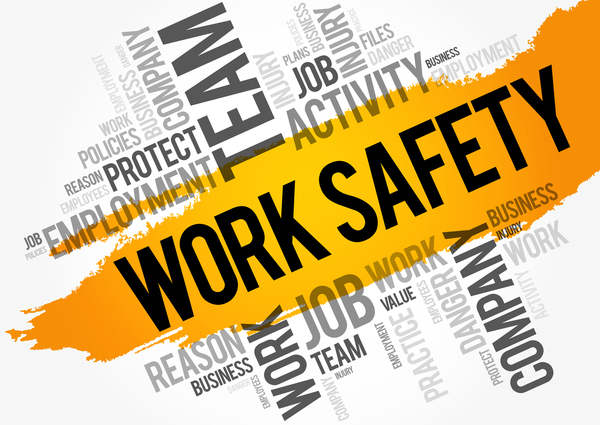Safety cop titles, language that minimizes incidents has to stop

There are many factors that shape our safety culture, one of them being the language we use when we talk safety. Although he did not have a safety degree, was not a National Construction Safety Officer or a Canadian Registered Safety Professional and, frankly, portrayed a lot of at-risk scenarios with sharp objects (swords, knives) and controlled products (poisons, witches’ brews), I have occasionally turned to the words of Shakespeare to understand how language can impact our safety culture.
“What’s in a name?” queried Juliet on the impact of words, names and titles. Our words and language can actually influence the culture of our organization and the safety of our workplaces. The words we use to label safety positions, describe hazards, brand behaviours and communicate incidents both send and reinforce messages about our beliefs and values.
Safety professionals have held such titles as safety officer, enforcement officer, safety co-ordinator, safety advisor, loss control co-ordinator, manager, practitioner, specialist, Joe that Safety Dude and more. While what we do is more important than what we are called, we must consider how the title can influence how we are perceived by the organization.
Safety professionals who have roles specifically related to enforcing regulations can use titles that portray that responsibility. Safety officer or compliance officer are excellent “safety cop” titles for those who have the authority to press charges when the rules are broken. This same title may not be appropriate for someone in a position where they are expected to provide guidance and foster a culture of co-operation on safety. A more appropriate title here may be co-ordinator, advisor or specialist — titles that reflect them as a resource to the workers, line management and the organization. My preference has always been for titles that portray helper, coach and guide. Sorry, Juliet, but there is something in a name.
The words we use to describe hazards must be as carefully chosen as those that we use to describe the safety positions. Think of the terms we use to describe those places where body parts could get caught between objects: pinch point or nip point. Do those really describe what will happen if a worker’s hand is caught in one of those? Often a worker’s hand will be crushed, severed or amputated, yet we use terms that sugarcoat it and could even sound playful. The next time you are pointing out one of these traps to a new worker, describe what will actually happen rather than using language that trivializes the outcome.
Another example is describing workers as being “tired” — it does not represent the magnitude or severity of the issue. There are situations where these workers are actually physically and mentally impaired due to fatigue. A worker who has been awake for 21 hours shows the same degree of impairment as a person with a blood alcohol content of 0.08 — legally impaired by our Canadian standards. Fatigue can be impairment, so let’s call it like it is.
When it comes to describing incidents and injuries, there are words used that influence the perception of the event and thus the culture of our organization. “A scratch, a scratch,” declared Mercutio, reinforced with the words of Romeo (“The hurt cannot be much”) as they assessed the injury that later lead to Mercutio’s death. While the words attempted to minimize the severity, the reality was different. We continue to see this type of minimalizing language in some of today’s workplaces where words are used in an attempt to keep an injury below a threshold that will make it a recordable. Organizations that are obsessive about incident classification can inadvertently move their safety culture to a point where incidents are described with trivializing language in order to keep them below that recordable threshold. A worker may be encouraged to just use a bandage instead of getting stitches to prevent the recordable; after all, “it’s just a scratch.” I have heard similar vernacular in the description of equipment damage in the mining industry. An incident where a loader or shovel contacts the truck it is loading has been described as a tickle: “The shovel tickled the truck.” These “tickles” have resulted in tens of thousands of dollars — sometimes hundreds of thousands of dollars — in damage to the equipment. This is serious metal-to-metal contact, but using the playful language can lead to a culture that makes this type of incident seem acceptable.
Risk tolerance increases when we become overconfident in the personal protective equipment (PPE) we use. We use language to describe some PPE that overstates its protective properties. Fire “proof” has an invincible tone and may convince a worker that it is OK to take chances while wearing those garments. Fire “retardant” better describes the properties of those FR coveralls: Your odds of not receiving serious burns are just a bit better. And those “impact-resistant” gloves? Let’s not use words to describe their protective properties that make them sound like armour. This may create a mindset of overconfidence and result in workers putting their hands into those crush points.
Look at the language of safety in your workplace to be sure it is reinforcing, not undermining, your desired culture. Choose accuracy over flippant or poetic language and you’ll have better odds of keeping the tragedies on the stage and out of the workplace.






